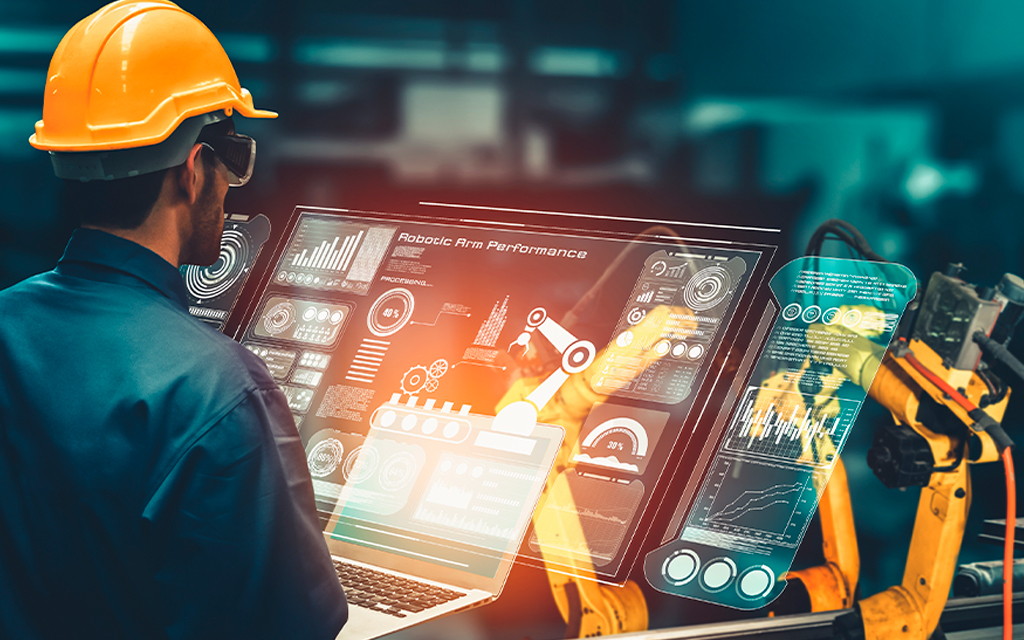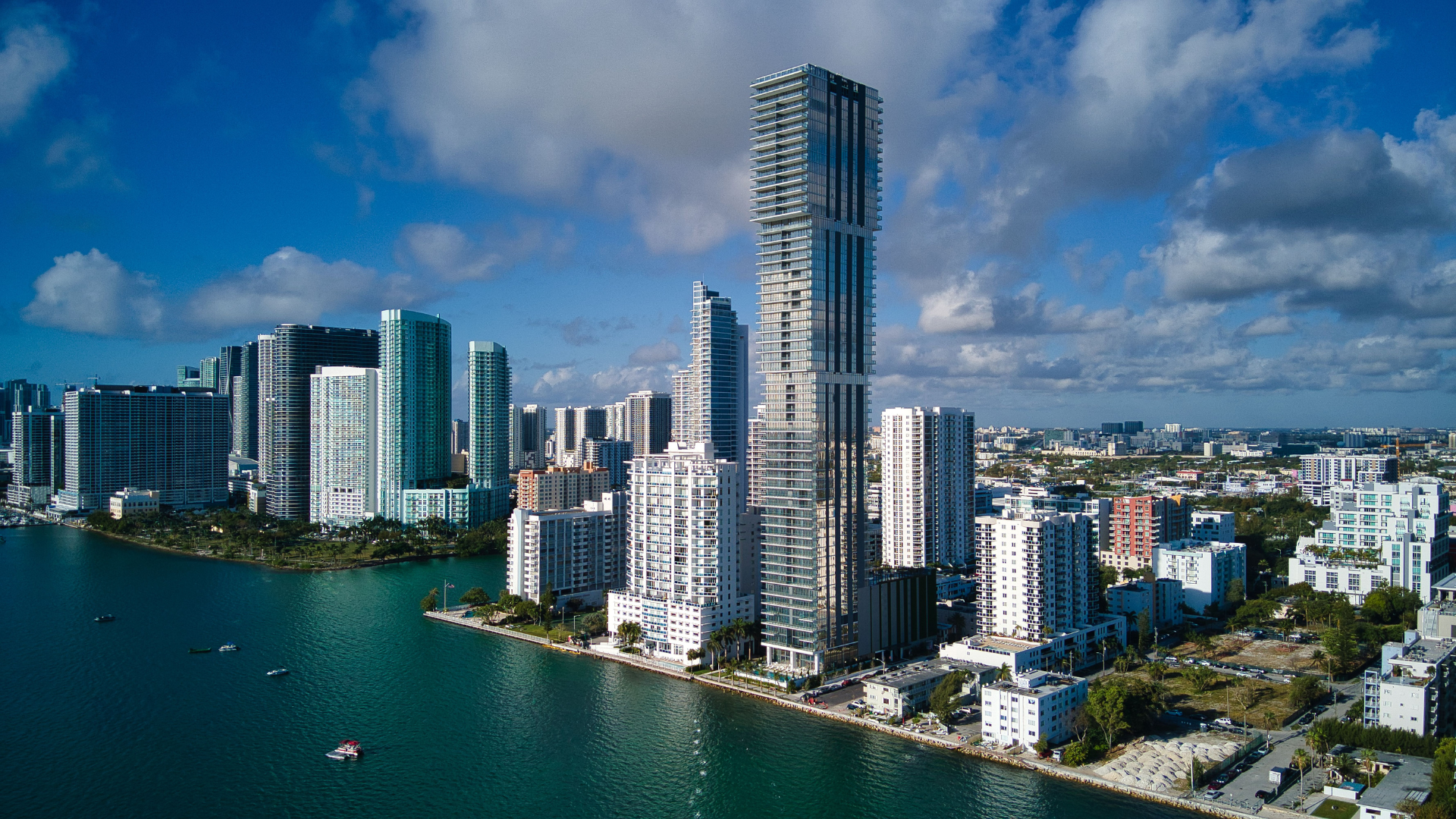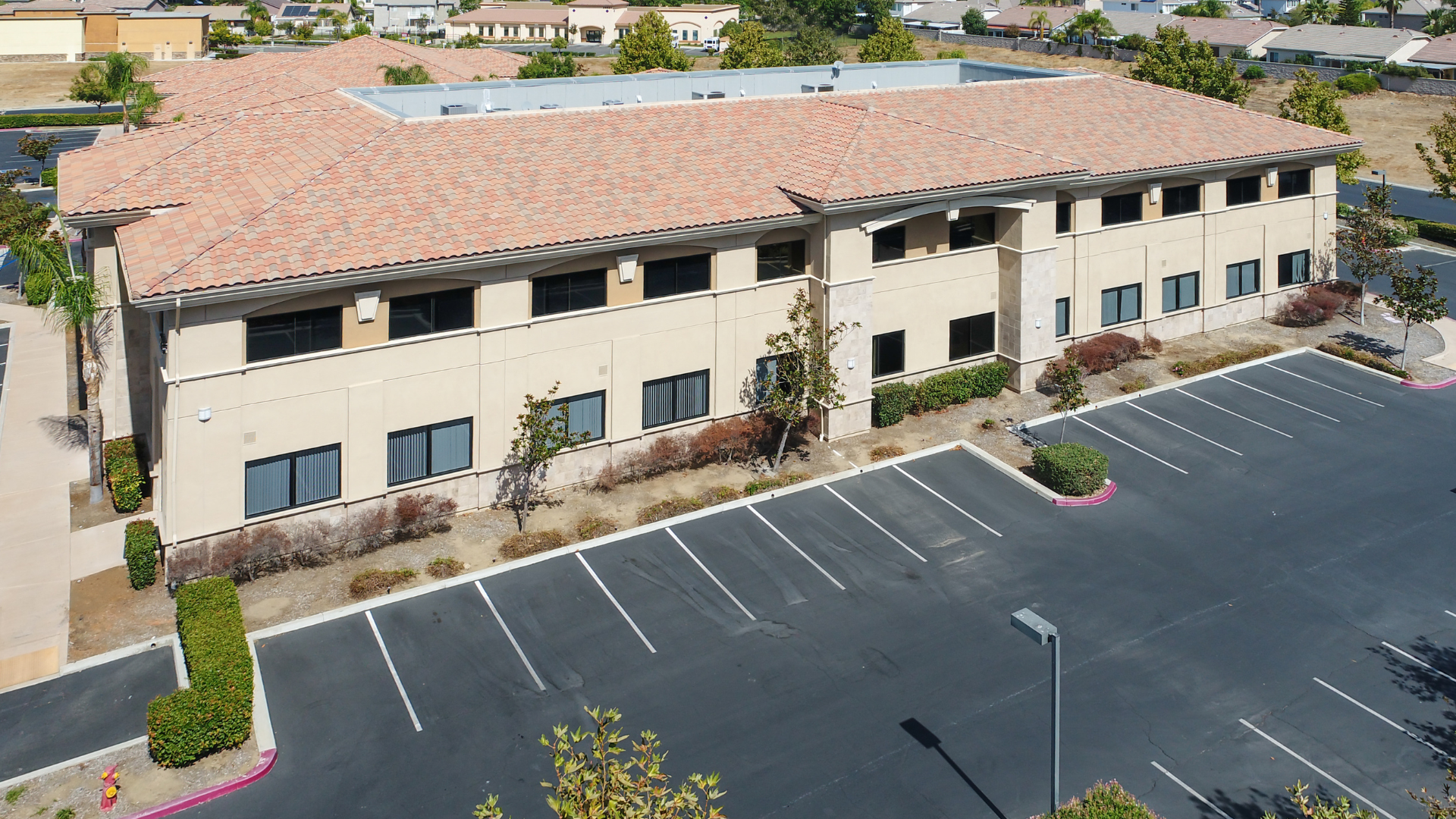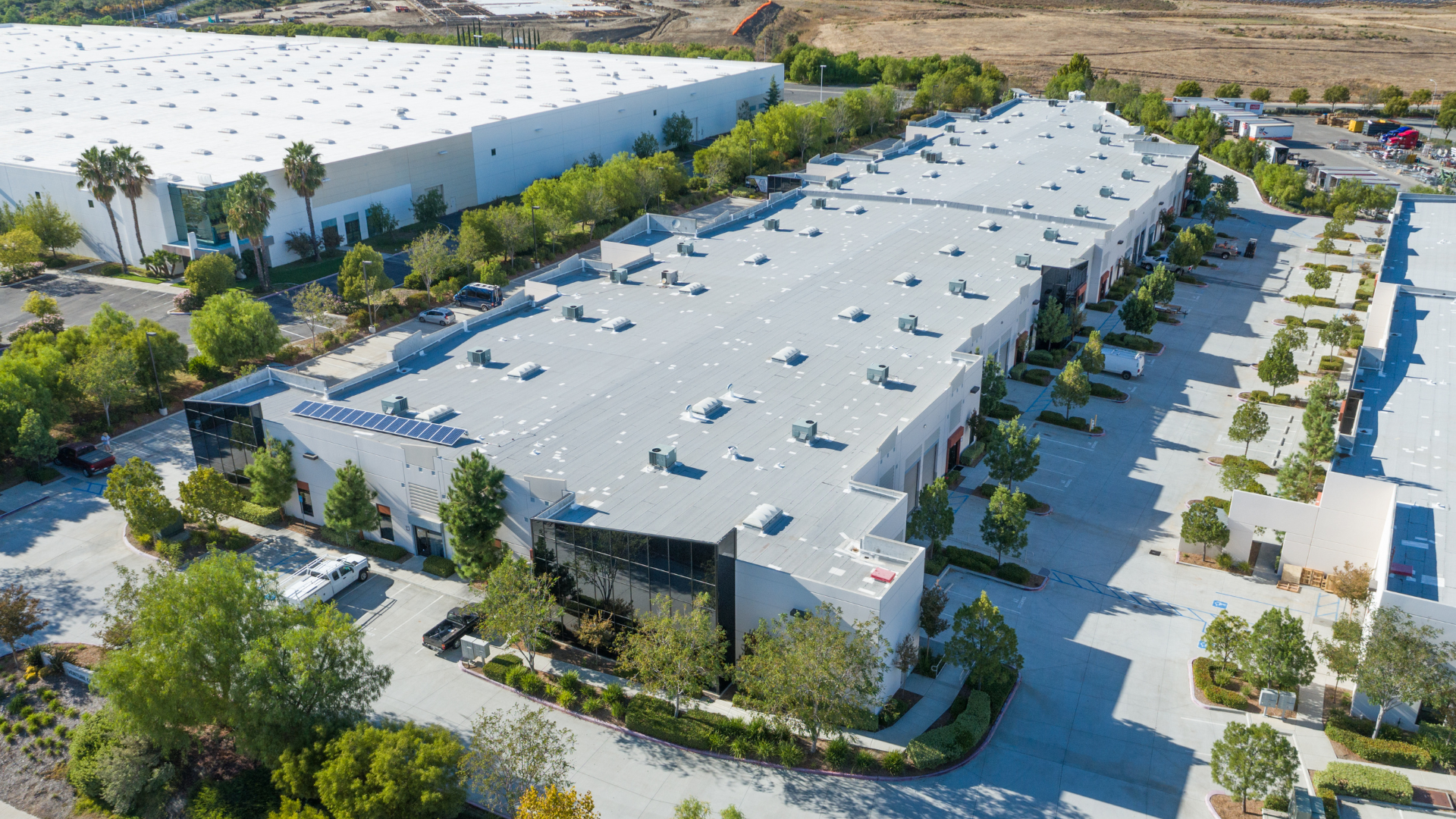Florida’s population has reached a record 23.3 million people, marking one of the fastest growth…

Industrial Development: What’s Working, What’s Not; Exploring the Impact of Robotics and AI in the Industrial Sector
Before the end of the next 10-year lease term ends, the industrial world as we know it will be forever different. The rapid advancement and adoption of robotics and AI is causing everything we know to be reinvented again and again within that time frame. Now is the time to prepare for those changes.
Industrial sector owners, occupiers, developers, investors, and all the brokerage professionals serving those interests, are wise to understand what these new tech-fueled instruments are and where they fit into a modern industrial facility environment. A sound starting point is to understand that to thrive in 2030, which is only a few years away, companies must be already ahead of the curve so when customers arrive at the warehouse or factory, they find professionals and properties capable of navigating the future with them.
The conversation about the future of industrial, robotics, and AI, must start by factoring in two key elements into that process: digital entitlement and digital alignment. There will be those entering positions of leadership within a business who only know a digital world, thus will be seeking to grow their business through the only path they know and trust, a modern, advanced and tech-connected facility. The Gen Z demographic cohort fits this category. As these business leaders become the primary decision makers and primary spenders, it will usher in an era of digital alignment. This will also simultaneously be occurring across sectors such as the government, our lawmakers, and other aspects of society in the coming 15 to 30 years. “In order to thrive in 2030, those in the commercial real estate industry better already be ahead of the curve. That means adopting new approaches and bringing a new set of tools to the table in just six or seven years from now,” said Geoffrey M. Kasselman, SIOR, LEED AP, CEO of Evoke Partners, and SIOR Past-President, who points out that will arrive before the end of a 10-year deal signed today.
Modeling A Modern Industrial Facility
Robotics and AI both involve technology, yet they aren’t automatically paired together in the same sentence. Robotics are one facet of an overall technology plan for an industrial facility. But there are multiple facets to consider, and AI can touch every one of them. That elevates AI to a higher order of significance within the industrial setting.
Neither one is worth investing in without the proper infrastructure to support these advances. “There’s no robotics or AI without the ability to power and manage data securely,” says Kasselman, who notes a ChatGPT search uses 17 times more power to generate its results than an old-fashioned Google search. The foundation of an infrastructure platform is robust power, generally considered electricity rather than natural gas. There is a fast-emerging environment in which the electrification of everything is advancing. This electric trend is highlighting the shortage of power that is coming to light [no pun intended] because businesses are starting to realize the shortcomings of a reliable way to power an electric car or long-haul truck for a cross-country trip. To operate a fleet of robots in a facility requires significantly more power, as well as redundancy, or it will render the CapEx investment useless if the robots were unable to be recharged to complete the tasks they were designed to do.
“Imagine buildings with robotics, automation, AI and connectivity to everything with quantum caliber computing power driving it all forward. With the proper energy infrastructure, that is a profound testament to what can be possible in tomorrow’s industrial facilities.”
~ Geoffrey Kasselman, SIOR
Infrastructure is often and easily overlooked, notes Kasselman, a digital and sustainable real estate strategist and business futurist. Even before the first order for a robot is placed, a facility developer or owner must be laying the foundation of power, including both primary, and secondary sources. That encompasses considering the cost, availability, and expandability of power to ensure the facility can operate at full capacity well into the future. Developers and companies operating a facility are not solving for just one robot either. They must factor the logistical deployment and the operations across 100’s of buildings, each with 50 or more robots. That is the level and scale at which real change can be realized and will generate the ROI to convince them it is worth making the investment in the first place. When paired with a more complete deployment of 5G and better connectivity that is on the way, improved data throughput will be possible, resulting in a world of exponentially greater Internet of Things (IoT). Robotics and automation on those networks will be a natural extension of IoT leading to the completion of tasks that had previously been done manually. Adding an overlay of AI to such robotics will allow companies to outperform others in the market by a colossal extent. The data that is collected and analyzed will drive improvements quickly across an organization, whether that be from the first smart warehouse to the second to the 10th to the 100th.
“Quantum computing is the answer. That’s the next paradigm,” says Kasselman. “Imagine buildings with robotics, automation, AI and connectivity to everything with quantum caliber computing power driving it all forward. With the proper energy infrastructure, that is a profound testament to what can be possible in tomorrow’s industrial facilities.”
A Collaborative Process
The job of preparing an industrial facility for this new IoT AI world will need to shift to a more collaborative process, rather than relying on traditional methods that were more siloed. Understanding the user’s needs is critical during the design process, whether that be redundant electrical service, multiple fiber feeds, a well-designed facility or finding out if EV truck chargers are needed on-site or where solar panels or microgrid infrastructure should be installed to accommodate future power needs. If any one of those elements are off or built wrong, it could cause a user to elect not to occupy a building because the cost to rectify the problem was too significant or to undo everything the developer added was too time consuming.
Developers must work with architects, users, and utility providers to produce the best modern facility that meets each party’s needs. Clearly, developers must also weigh their objectives and investment strategies whether that be a long-term hold approach or one focused on building, leasing, stabilizing and exiting in 18 to 24 months. Taking such a short-term investment approach often precludes the additional investment in the requisite technology and infrastructure, resulting in continuing to construct industrial facilities of yesteryear, and thus by avoiding such perceived risks, they are actually taking greater risk. Yet, those who do could discover new opportunities could quickly carry them into future success and evolved investment models.
Source: https://sior.com/








This Post Has 0 Comments